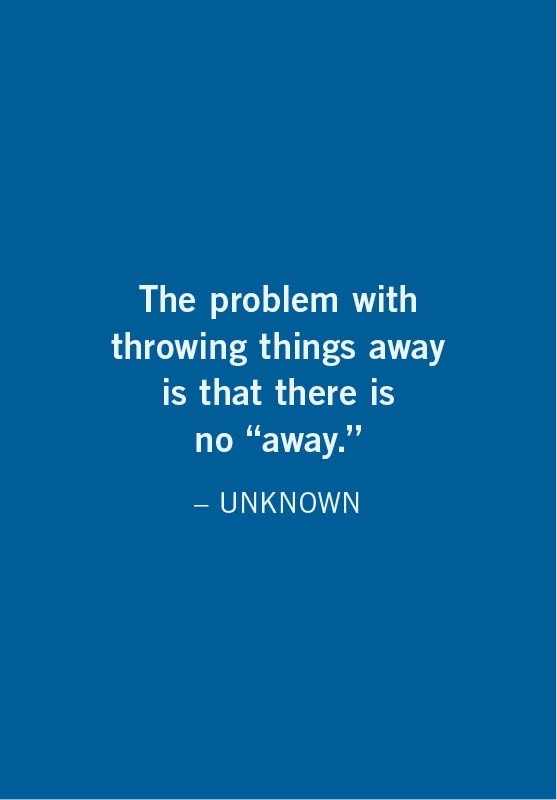Sustainability Issues: Waste Minimization
Sustainability at GVSU
Laker Football Games Go Zero-waste
GVSU has strived to make our athletic events more sustainable, mainly by minimizing how much waste gets sent to the landfill. Recycling and composting stations were introduced in Lubbers Stadium for all home football games in 2013 with the help of the Office of Sustainability Practices, Facilities Services, Athletics, and various student groups.
[1439395407].jpg)
As a result, more than 4,000 lbs. of waste were saved from the landfill in 2013 and recycled or composted instead. That number only grew during the 2014 season, bringing the average waste diversion rate to 69 percent. Campus Dining is also a critical partner in this effort, by choosing to sell more compostable and recyclable food items in the concession stands.
Zero-waste events have spread since then with sorting stations now available for indoor athletic events as well. News of Grand Valley’s successful initiative spread throughout the community. Resources, including students’ project skills, have gone toward making events like ArtPrize® and Gazelle Sports’ Gazelle Girl race more sustainable.
GVSU Initiatives
Composting Campus Dining composts food waste, pizza boxes, and compostable food and beverage containers in all of its locations. Grand Valley is the first university in the state to feature an entirely compostable soda cup from Pepsi Co. In an average year, more than 400 tons of compostable waste are diverted from the landfill.
Project Donation When students move out at the end of each year, they often discover several unwanted items. The Facilities Services Department coordinates with local nonprofit organizations to set up donation boxes on campus for students to donate items like furniture, clothing, and food. Even electronics, which are reused or recycled by Comprenew (a local e-waste recycler), can be donated.
Recycling Grand Valley recycles paper, cardboard, plastics, glass, metal, batteries, and more. Recycling bins are located throughout the housing units, student centers, and academic buildings. Each winter, Grand Valley competes against other universities nationally in the RecycleMania competition to see who can divert the most waste from the landfill. Visit recyclemaniacs.org for more information.
Paper reduction efforts Duplex printing is the default option in most computer labs on campus. The transition to duplex printing saved more than nine million sheets of paper in its first year. Paper usage has also been reduced in the classroom as a result of the Blackboard website, where students can obtain class readings or submit assignments electronically.

Take Action
Buy less stuff The more stuff we buy, the more stuff that will eventually end up in a landfill. Before buying something new, ask yourself if you really need it, you could do without, you could reuse something you already have, you could purchase it second-hand, or you could borrow it. For more information on responsible consumption, visit newdream.org/.
Reduce, reuse, and recycle in that order Try to reduce the waste you generate by buying less and choosing products with little or no packaging. After reducing, think of ways to reuse things that might otherwise be thrown away, like using food tubs to store leftovers. Finally, if it absolutely cannot be reduced or reused, recycle it.
Start a compost pile Much of the waste that ends up in our landfills could be composted. Composting at home is simple, and many containers for doing so are available for purchase or you can build your own.
[1439992260].jpg)
